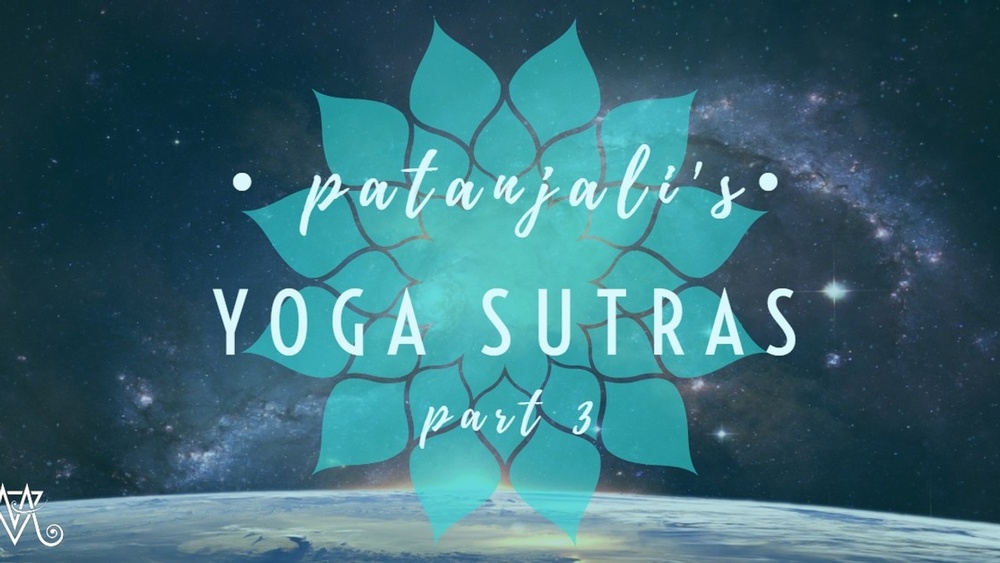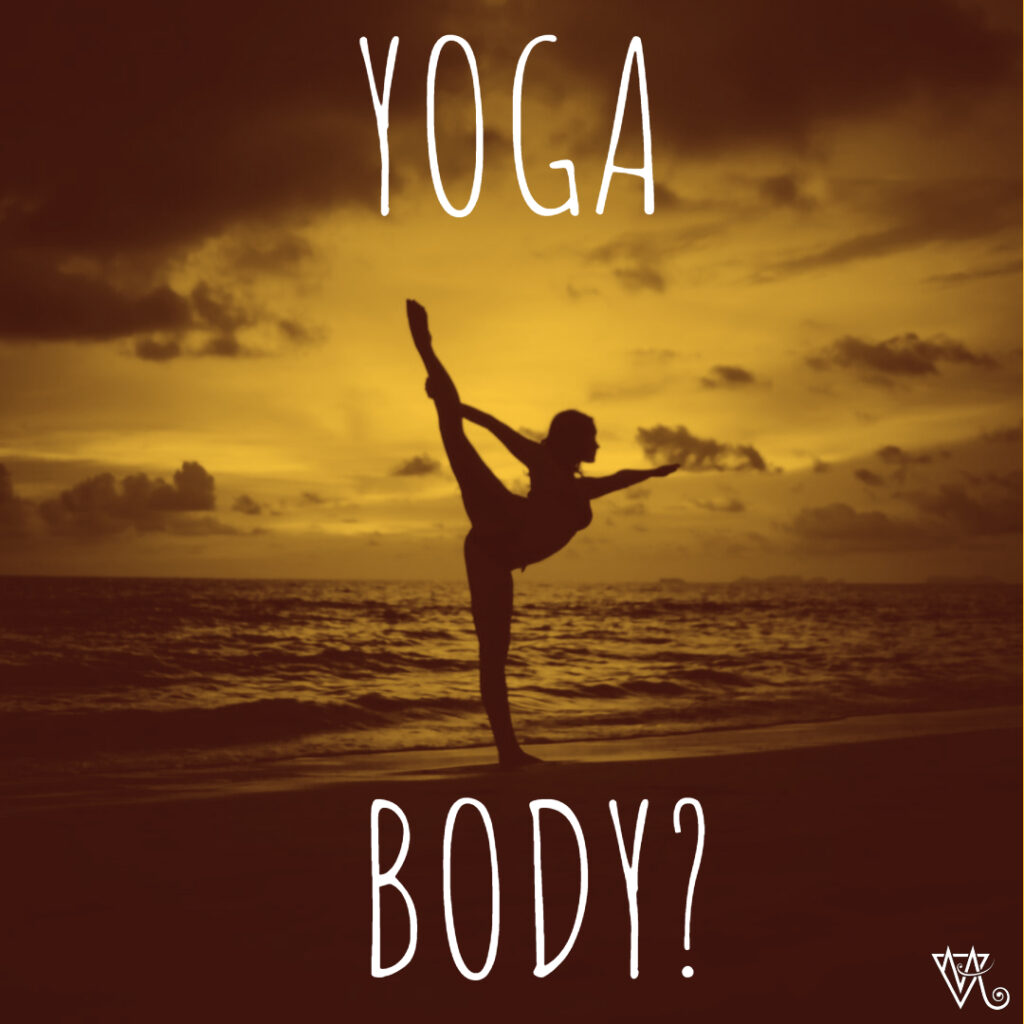Why Teacher Trainings Don’t Spend Much Time On The Yoga Sutras
- Mindy Arbuckle SOULutions Coaching

Most people who study the Yoga Sutras get their first taste of them in their Yoga Teacher Trainings. I love that teachers start seeing the wholeness of yoga from the beginning of their training. Unfortunately, most yoga schools only give a little nibble of the Sutras in their trainings. Rarely do they spend more than a couple hours on the topic and they usually only give a glimpse of a few sutras, far from the entire book. Why?
Does Body Oriented Yoga Need the Yoga Sutras?
 I think it is because there are a lot of schools out there that are very body oriented. Which really is fine. We need all types of yoga to reach as many people as possible. Unfortunately these schools focus on the physical applications of yoga and perfecting body alignment in the poses. They don’t see the importance of honoring the roots of this ancient lineage.
I think it is because there are a lot of schools out there that are very body oriented. Which really is fine. We need all types of yoga to reach as many people as possible. Unfortunately these schools focus on the physical applications of yoga and perfecting body alignment in the poses. They don’t see the importance of honoring the roots of this ancient lineage.
However, if yoga schools want to have credibility then they need their programs to meet certain standards set by the Yoga Alliance which include lifestyle, philosophy and ethics be taught in YTTs. Because schools are trying to meet these requirements, they have to give some amount of time to study the philosophy and lifestyle of yoga. Most schools choose the Yoga Sutras as their go to yoga philosophy study. Yay! Great!
The problem is when these schools and teachers teach the Yoga Sutras, they don’t have a living experience of what these 196 threads of wisdom have to offer. Likely the training staff is just teaching what they were taught, the basics of the 8 limbed path. But, if you haven’t really studied with your heart the wisdom of this book, how can you teach it to the next generation of teachers? We need teachers who have embodied this wisdom through their own practice. We need teachers that have effectively brought this philosophy to life in their own lives.
In my opinion, all yoga schools and the way we teach can honor the rich history of yoga by knowing where it all comes from. As yoga teachers and serious yoga students, we benefit by realizing that it isn’t all about the body. Feeling rooted and connected, experiencing more clarity in the body and mind, being a happier person are all side effects of a healthy yoga asana practice. But, if we become attached to the joy generated from intense yoga postures we can get caught in the trap of seeking after those experiences. Without knowing the fullness of yoga through the philosophy and lifestyle, we become attached to and dependent upon the physical practice of yoga. It is better to stand free within yoga, enjoying the practice and peace within each breath, rather than be a slave to it. Let the experiences come and go without attachment and you’ll avoid disappointment and live in the purity of the practice itself.
Letting go of the attachment that yoga is good for the body alone.
YS 1.15 and 1.16 speak of non-attachment. In essence it is helping us to realize that the light, the love the joy we feel from anything in nature, in this case a the results of a physical yoga practice, is revealed from within and is not caused by the experience. The asana practice we all know and love is a tool we can use to help us see our wholeness. But it is not your wholeness. You and you alone possess all your greatness. Non-attachment asks us to live fully engaged in the world without holding onto pleasure that appears to have come from something, someone or some event. Those things are but a way to reveal what is beautiful and present within you. Use the tools, practice the sweaty yoga and realize you are whole already.
I feel like a lot of the leaders in the yoga world today are caught in the attachment they have to their bodies and how they feel they have to move their bodies through a particular set of postures in order to feel good - about themselves, their lives and their inner sense of who they are. If they are trapped in the experience of body oriented yoga and can’t see beyond the limitations of the cage they built around themselves, they will pass this on to their students. And as those students become teachers, they will pass this same limitation on to their students and the cycle continues.
Do we want to limit our communities in this way? Heck no! Yoga has so much more to offer! Our teachers have so much more to offer!
How can you improve your next class?
What do your students want to hear you say?
What wisdom do you have for your students?
How can you elevate your students experience today?
See you on the inside,
Mindy Arbuckle